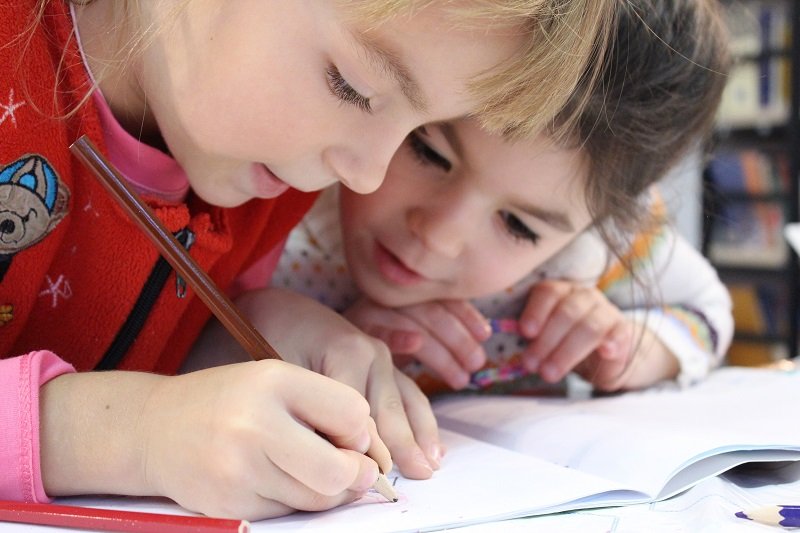[ad_1]
Reading books is a path to immense joy and imagination. Often, you see people so immersed in a book that the world around them ceases to exist. That is the power of words and stories. Reading is a skill we develop young. The connection between words and sounds is an intrinsic part of our understanding. Let us look at some ways to build the components of reading for children.
The understanding of sounds and their relation to letters is a skill that we term Phonics. Attaching a sound to each letter helps your child to build spellings and identify everyday words. Similarly, reading aloud picture books, playing Phonics hopscotch, building word of the day, rhyming games, and introducing audio-books help develop phonics in your child at an early age. Nowadays, every school curriculum introduces phonics in early years to allow children to develop reading skills.
Phonemes are small units of sound that are used in word creation. Learning about sounds made by letters and their combinations to make words increases your child’s understanding of a language. For example, the sound changes completely when letter B is combined with the letter O and with the letter U. B/O/Y and B/U/S sound different and mean different, but the starting sound is the same for both. Phonemic awareness helps your child to parse the sounds in a word and interpret its meaning easily.

Phonics and Phonemic awareness help children build and identify words and this in turn builds vocabulary. The more words they come across the better they become at using them for writing and speaking. To develop vocabulary children, need help from parents and teachers directly and through books, word games and puzzles indirectly. Reading different books helps them to sift through learnt words, pictures, phonics and to identify the connection easily. This is the basic step to comprehension which eventually makes them fluent readers.
Comprehending words and sentences and understanding their meaning stems from reading or speaking a language fluently. Fluency basically means recognizing and understanding what a word means whether spoken or read silently. It helps your child enjoy the books in its entirety while absorbing each emotion portrayed. This skill can be developed in children through various methods like paired reading, phrase identification, reading aloud and listening to audio books.
When children start stringing words to make sentences and derive an understanding from it, then they have taken the first steps to reading comprehension. This involves the four components of reading as well as an ability to interpret the meaning of the text given by asking questions like who, what, when, where, why. It leads to analyzing and critical thinking skills associated with developing reading skills. Drawing a scene from the given text, open ended questions, encouraging reflections and opinions and making connections with real life situations all help in developing comprehension for children which aids in developing academic ability in different stages of their life.
The absence of reading skills like vocabulary, fluency and word recognition in children can be detrimental to their future and leave a deep impact on their overall development.
Making reading a habit is essential for developing good reading skills. This ensures that the child focuses on enjoying the text read rather than trying to sort out sounds and letters. Introducing your child to the different components of reading step by step is the best gift you can give them.










